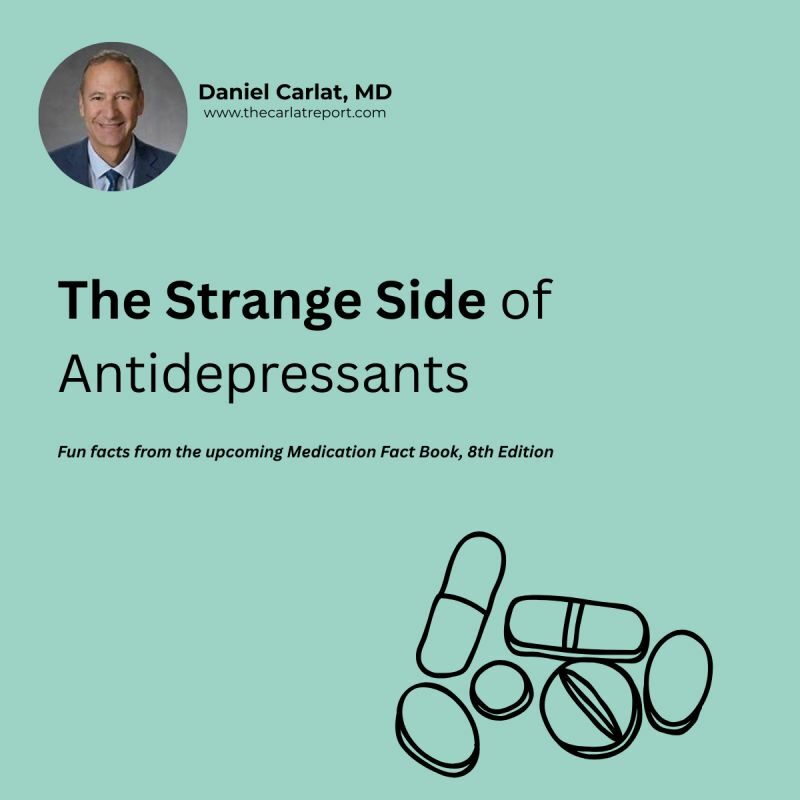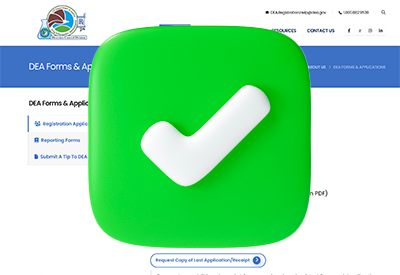Talia Puzantian and I are in the thick of revising the Medication Fact Book, 8th edition—slated for release this fall.
I’m currently working on the antidepressants chapter, and one of our favorite parts of the book is adding “fun facts” to the end of each medication.
They’re strange, surprising, and oddly memorable.
Here are a few that stood out:
Selegiline (Emsam)
Emsam was named after “Emily” and “Samuel,” the children of the Somerset Pharmaceuticals CEO. It remains the only FDA-approved transdermal antidepressant.
Ketamine
Ketamine was introduced in the 1960s as a safe anesthetic that preserved breathing and blood pressure. During the Vietnam War, U.S. soldiers carried ketamine as a “buddy drug” to administer while awaiting medevac—underscoring its importance in battlefield medicine.
Vilazodone
The brand name “Viibryd” likely has two origins. First, it rhymes with “hybrid,” and the mechanism of action is a hybrid of SSRI and 5-HT1A partial agonism. Second, the word calls to mind “virile,” which could be a subliminal suggestion that it does not worsen sexual functioning.
MAOIs
MAOIs were the first antidepressants developed, after tuberculosis patients given the antibacterial agent isoniazid (INH) were found to have an elevated mood. Isoniazid was found to be an MAOI and was developed as the first antidepressant in the late 1950s.
Paroxetine
In 2012, GlaxoSmithKline was fined $3 billion for promoting paroxetine in children based on misleading data from Study 329. New Scientist later wrote: “You may never have heard of it, but Study 329 changed medicine.”
More to come. Psychiatry is full of these strange little side trails—and we’re trying to follow as many as we can.
Discussion Prompt
- Have a favorite psych med origin story or oddity?
- Join the conversation on LinkedIn with Dr. Carlat
- Follow for evidence-based skepticism in psychiatry
Share this with someone who appreciates psychiatry’s weird backstories.
Follow me (Daniel Carlat) for more behind-the-scenes notes as we wrap the Med Fact Book, 8th edition.
Related Articles
- Should You Test MTHFR? (Carlat Psychiatry Podcast) with Chris Aiken, MD, and Kellie Newsome, PMHNP
- Treating Depression Collaboratively (Webinar) with Garret Rossi, MD
- Some Antidepressants May Help Longer Than Others with Jeremy Mills, DNP, PMHNP-BC


_-The-Breakthrough-Antipsychotic-That-Could-Change-Everything.jpg?1729528747)



